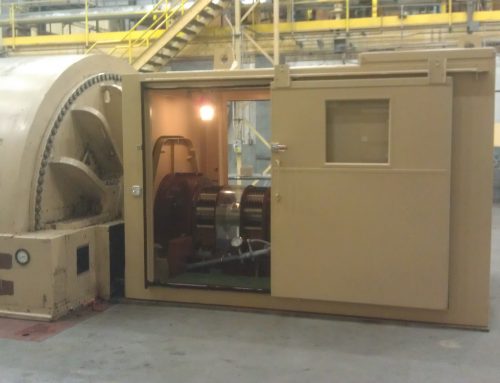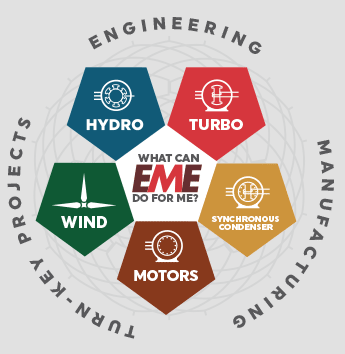1956 – That i s when I began my journey as an engineer at Westinghouse Electric Company in the Large Motor and Generator Division; then, in 1982 – Cofounded EME. In those past 60 years, what have I learned? – that fundamentals never go out of style. The control volume, energy in & energy out – approach a problem from this perspective and you are assured to reach a conclusion which satisfies the immutable laws of Math and Physics.
s when I began my journey as an engineer at Westinghouse Electric Company in the Large Motor and Generator Division; then, in 1982 – Cofounded EME. In those past 60 years, what have I learned? – that fundamentals never go out of style. The control volume, energy in & energy out – approach a problem from this perspective and you are assured to reach a conclusion which satisfies the immutable laws of Math and Physics.
The technology available today, to aid engineers in problem solving is certainly remarkable; Finite Element Analysis (FEA), Computational Fluid Dynamics and Rotor Dynamics. All of them are excellent tools for determining solutions at a granularity not always achievable through traditional hand calculations, however we must never lose sight while these programs are built upon solid mathematics – they are dumb. They will happily and blindly iterate through to ‘a solution’; even if that solution is based on incorrect boundary conditions, flawed material properties or wrong assumptions.
When confronted with a problem where the derived equations cannot be solved based on the assumptions that have been made – I often use my favorite phrase “…let’s pretend to be an engineer…” and go back (again) to the basics. Re-challenge the assumptions until the solution developed addresses ALL of the observations associated with a problem; not just the observations that are easy to reconcile.
Technology is a part of our day-to-day lives now, and almost always makes things easier. It should not be forgotten though that much of the computing power we use daily in our devices and on our devices, is standing on the shoulders of engineers and scientists armed only with calculus, Newtonian physics and maybe (if they were hi-tech) a slide rule…
– Andrew J. Spisak, PE







